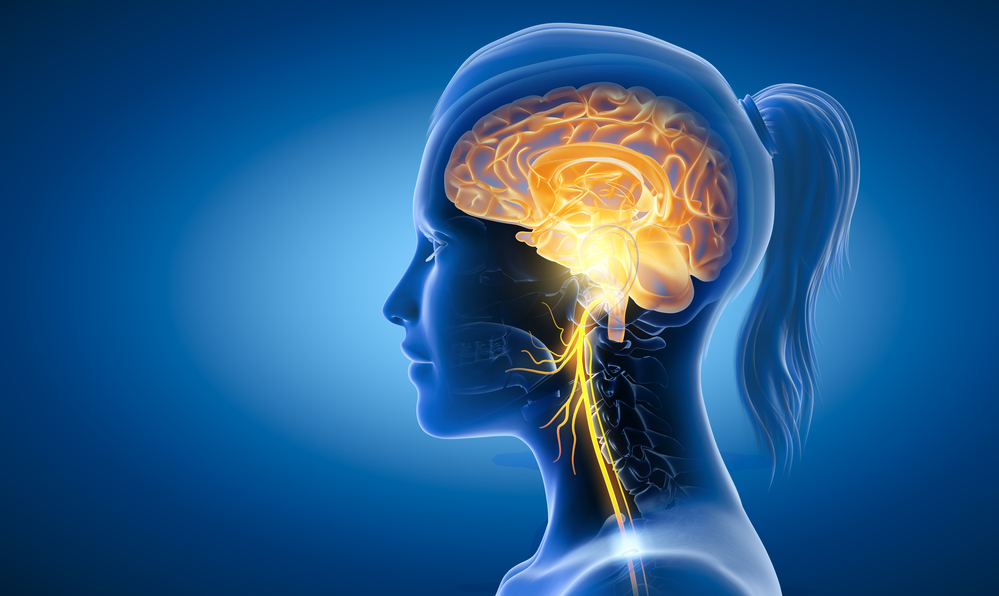What is Vagus Nerve Stimulation (VNS)?
Vagus nerve stimulation (VNS) is a medical treatment that involves delivering electrical impulses to the vagus nerve.
The Vagus nerve is one of the largest nervous systems in the body.
It leaves the brain by two large nerves that run down either side of the neck, it spreads out across the diaphragm, attaches to all of the vital organs and then spreads out across the whole of the body.
It is your autonomic nervous system. VNS used as an add-on treatment for certain types of intractable epilepsy and treatment-resistant depression.
Frequent side effects include coughing and shortness of breath.
What’s Involved In The System & What’s The Process?
VNS Therapy is carried out by using the VNS system. This system is made up of 3 parts that consist of:
- A small pacemaker-like device called a generator.
- A thin, flexible wire that is known as the lead.
- A hand-held magnet.
Before the procedure is implemented, a professional healthcare team are involved to determine if the patient is eligible for the procedure. This is done by the patient undergoing a screening.
The process of the therapy is carried out as follows:
The generator is a small pacemaker-like unit that is surgically implanted under the chest wall on the left side.
The generator is programmed to send electrical impulses to the vagus nerve at regular intervals, all day, every day.
These impulses are then carried by the vagus nerve to the brain.
You can also sweep the hand-held magnet over the generator to send more impulses to the vagus nerve.
This regular stimulation sends more impulses through the vagus nerve which can stop a seizure from happening, shorten the timeframe that the seizure lasts for and decrease the severity of the seizure.
This VNS specific magnet can be worn around the wrist to ensure they’re always at hand. However, if they do manage to go missing, the magnets can be replaced free of charge.
After the procedure has been done, the generator is usually left turned off for two weeks afterwards.
This is to give the body an opportunity to heal. It will then be turned on by a specialist. The settings on the device will require periodic changes specific to the patient to make sure an optimal result is gained from the stimulation.
The Installation Process
Implanting a VNS device involves a short surgical procedure, usually lasting 45 to 90 minutes. A qualified surgeon performs the procedure.
During the procedure, a small incision is made on the upper left side of your chest where the pulse-generating device will be implanted.
A second incision is then be made on the left side of your lower neck. Several thin wires that connect the device to your vagus nerve will be threaded around the muscles and bones to join the electrode and generator. This installation process is usually carried out by either a neurosurgeon, a general surgeon, a vascular surgeon or an ENT surgeon trained in this procedure.
At some point though, the generator that runs the VNS system will need replacing when the battery starts to run low. The battery in the generator usually lasts around 3-8 years depending on how new the model is and the settings that are used on the generator. For example, if the generator is set to a higher setting, then the battery life may not last for as long as 8 years. This replacement would be done during an outpatient procedure under local anesthetic.
Newer Spec Difference?
Newer models of the VNS generator can also detect increases in heart rate This is because it has been discovered that 8/10 people with epilepsy may have an increase in their heart rate before a seizure occurs.
When the generator detects an increase in heart rate, it automatically sends more impulses to the vagus nerve to combat a potential seizure. So, with newer models, you may not need to use or rely on the magnet so much.
These newer spec models may be very beneficial to people who don’t know when a seizure is going to occur. They can also be useful if a seizure occurs at night-time.
When Will the Effects of VNS Therapy Show & How Will They Change?
Typically, seizure control improves over time. Around 45% of people who have the therapy see their seizures decrease by 50% after 1-2 years.
Whereas people who have had VNS therapy for up to 10 years could see seizures decrease by a life-changing amount of 75%. Some people may even become seizure-free in some cases, but this is a very rare occurrence to say the least. Some people find that it doesn’t affect them at all, in which case, the system would be subsequently removed.
To watch out for in the future…
There are some exciting advances in VNS therapy at the moment, new devices that will most likely revolutionise the availability to try VNS for more people with epilepsy in the near future.
A number of external VNS devices have been licensed for use in the UK. One such device is from a company called gammaCore and whilst at the moment is only licensed for use in cluster headaches and migraines further work is being done in the area of epilepsy.
These external handheld devices work by sending electric signals through the skin and to the vagus nerve. This device is the first external system to be approved by the FDA and is also included within the NICE guidelines.
This could be a great addition to the epilepsy treatment offering and allow patients who may not be considered for VNS at the moment to at least be able to see if would be of benefit before having to undergo surgery.
We think that this is very exciting and are watching the market keenly to follow progress.
For further information or any questions about this post, please contact training@momentumpeople.co.uk and we will be happy to help.

